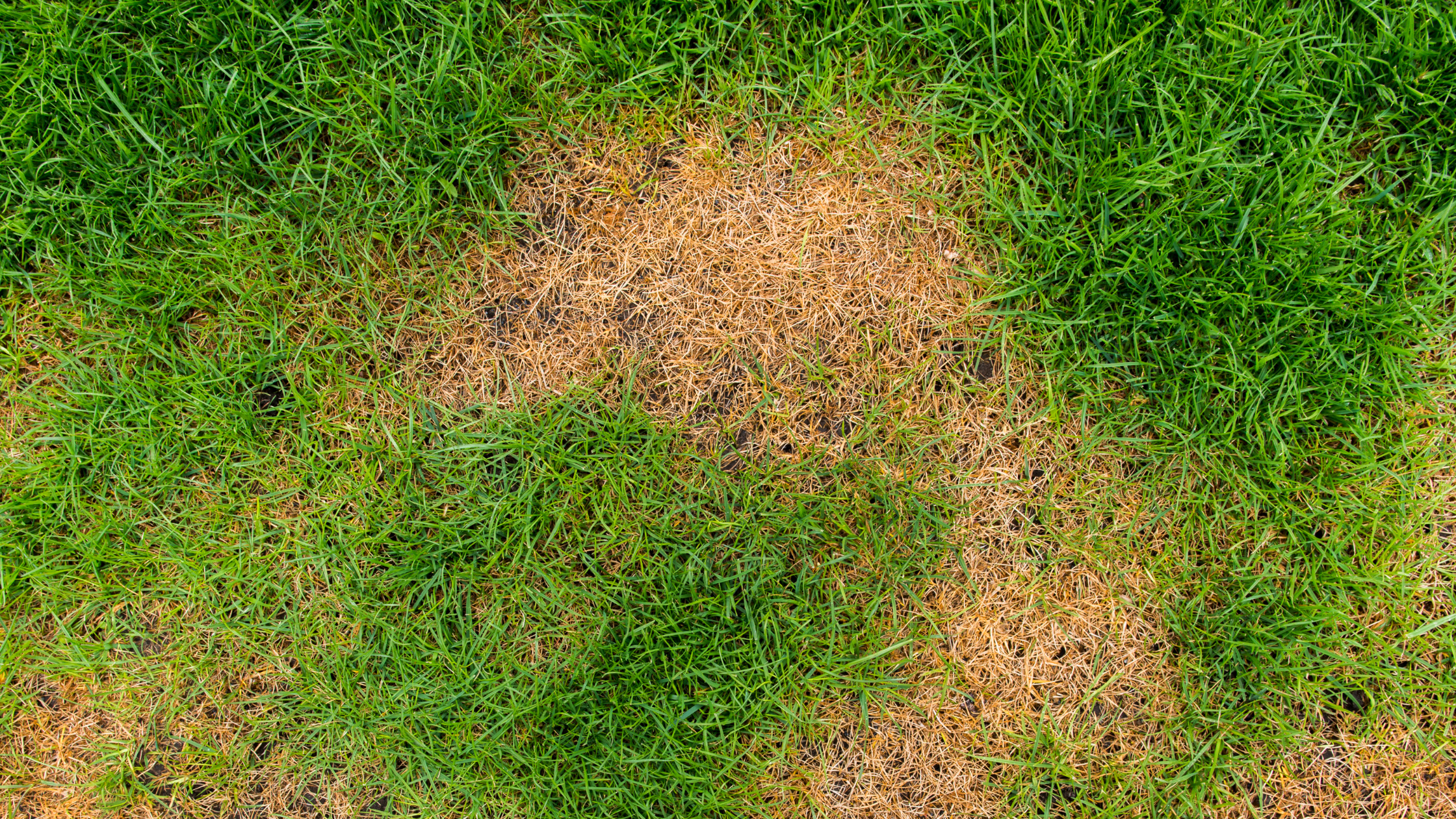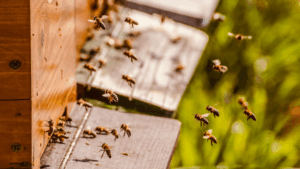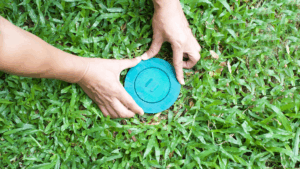Did you know chinch bugs are one of the most common lawn destroying pests found in Southern California? Chinch bugs are small lawn pests, only reaching about 4 mm in size. Because of their small size, they are hard to identify until significant lawn damage is already done. Similar to termites, they can often go for long periods of time, causing significant damage before they are discovered.
Chinch Bug Damage
These pests use their mouthparts to bite grass blades and suck the juice out of them. They also release a toxin that kills grass. Signs of chinch bug damage include brown spotted grass blades, brown or yellow patches on your lawn, and limp grass blades that slump over after watering them.
Chinch bugs lay their eggs in May and June. They are most active in the summer and early fall when the turf is weaker due to heat and drought. They are often drawn to fescue and bentgrass but will infest other turf varieties, as well. They are drawn to lawns with full sun that are susceptible to heat and drought damage.
Preventing and Treating Chinch Bugs
Chinch bugs are hard to prevent and eliminate without the help of pest control professionals. They require curative insecticide to eliminate. Once your lawn has been damaged, treatment is required to repair the turf. It’s best to repair before winter months. Once the cooler weather arrives, it’s usually too late to reverse the damage.
Because chinch bugs go dormant or die off when cold weather arrives, the best time to eradicate them is when the temperature starts to drop at the end of summer or early fall.
Chinch Bugs Lawn Damage Repair
1. Aerate and De-thatch
Lawn pests like chinch bugs will use thatch as cover to move and live in. Chinch bugs, in particular, will lay their eggs under thatch. Dethatching should be done at the same time as aeration. Poke small holes in your lawn and slightly turn the earth. This can be done with an aerator or with a simple garden rake.
Aeration allows oxygen to flow into the soil, rejuvenating your lawn and allowing grass to grow back thicker and stronger. It also loosens the soil, making it easier for roots to absorb water, sun, and nutrients.
2. Replenish the Soil
Replenish your lawn by adding a thin layer of good soil over your existing turf. This adds nutrients to the grass and allows it to expand, growing in stronger and thicker.
3. Fertilize and Reseed/Overseed
Chinch bugs leave patches of dead grass throughout your yard. Reseed these damaged areas as the damaged grass will not repair itself or regrow on its own.
Overseeding other areas of your yard that weren’t damaged will also enrich your existing grass, making it stronger and leaving you with dense, lush turf.
Add fertilizer over the reseeded areas to provide the vital nutrients (nitrogen, phosphorus, and potassium) back into the turf. It’s important that you water reseeded areas every day while new grass is growing.
4. Treat for Other Pests
Chinch bugs aren’t the only lawn-damaging pests out there. Common pests found in southern California lawns include white grubs, cutworms and armyworms, sod webworms, and billbugs.
It’s important to go ahead and treat these pests after you repair your lawn to keep them from undoing the hard work you’ve done to get your lawn back in shape. It’s also important to incorporate an ongoing pest control routine with your lawn care routine.
Keeping your yard pest-free is an ongoing process. Contact your local pest control company for a comprehensive evaluation of both your yard and home to help keep pests away.



